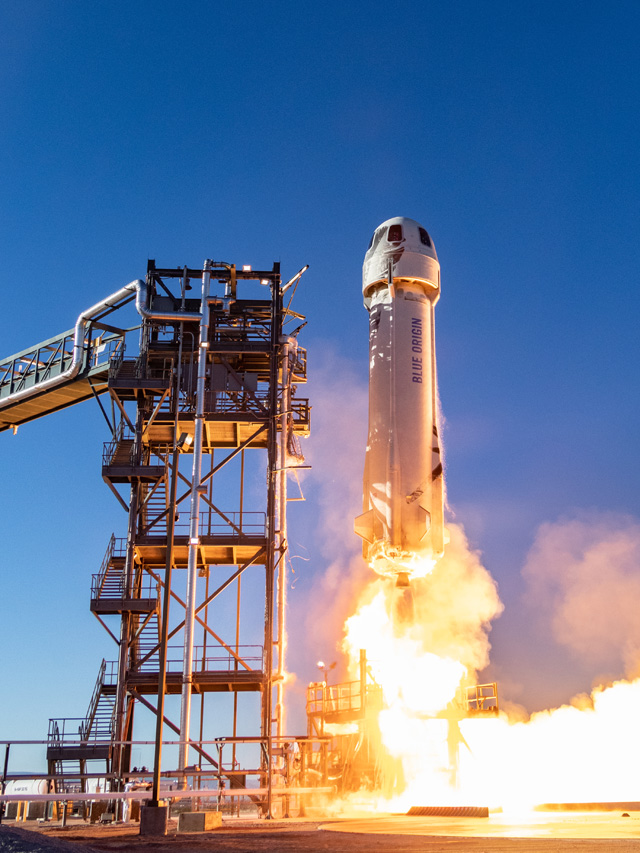22 April 2022–The presence of an atmospheric acoustic duct, a channel of sound at the boundary between the troposphere and stratosphere, has been verified for the first time by Sandia National Laboratory scientists.
Solar hot air balloons carrying microbarometers floating in the lower stratosphere were able to observe infrasound signals within the acoustic duct, said Sarah Albert at the Seismological Society of America’s Annual Meeting. The acoustic energy came from an orbital rocket launch that crossed the duct.
Albert and colleagues detected infrasound signals in the duct that were related to the April 2021 launch, ascent and descent of a Blue Origin rocket in Van Horn, Texas. The balloon-borne instruments captured the signals from 400 kilometers away.

The duct may be similar to the Sound Fixing and Ranging (SOFAR) channel, a naturally occurring horizontal layer in the oceans that channels sound for distances of thousands of miles. The SOFAR channel has been used to monitor everything from whale songs to underwater nuclear explosions. For more than 50 years, researchers have thought that a comparable type of channel might exist in the skies.
Scientists could potentially sample a variety of natural and anthropogenic sounds from the duct, including signals from ground explosions and even large earthquakes, Albert said.
An ideal mix of water temperature and pressure creates the SOFAR channel. This ocean channel is relatively stable, but the atmosphere is a more dynamic place, making it more difficult to pinpoint the conditions that lead to an acoustic duct.
“The path that an infrasound wave takes through the atmosphere largely depends on temperature layering and the wind vector,” Albert explained. When researchers run software loaded with these variables to solve for the atmospheric propagation of infrasound, “there’s almost always this channel that shows up around 10 to 40 kilometers altitude that suggests that sound should be ducted at those heights.”
The researchers also sent up a balloon to capture the signals of a September 2021 United Launch Alliance rocket launch out of Vandenburg Air Force Base in California. This time, however, they didn’t detect any launch signals in the duct.
“We haven’t fully verified that the duct exists all of the time,” Albert said, noting that the New Mexico-launched balloon might have been too far away—1300 kilometers—to capture data from the California launch. It’s also possible that the duct isn’t always present.
“It should almost always be there based on numerical models,” Albert said. “If it’s not present that would mean we have a fundamental lack of understanding of the atmosphere at those specific altitudes —maybe it’s more complex than we previously thought.”
The researchers thought that the rocket sounds injected into the duct might be the only sounds there with a high signal-to-noise ratio,” but it turns out that there’s a lot of interesting stuff happening up there,” Albert said.
It’s not clear yet what produces these other distinctive signals, but some candidates include bolides exploding in the atmosphere or signals from the aurora borealis. When the balloons fly over Albuquerque, they pick up signals that may be related to urban noise like HVAC systems. Albert said researchers are not sure whether these sounds arrive directly into the duct, or enter the duct from a distance and are carried to the detection site.
Albert and colleagues plan to send up more balloons in late April and early May to gather further observations of the duct. She checks Twitter to find out when upcoming public launches are scheduled, but sometimes the timing doesn’t work out, she said. The scientists use regional airports to hand-launch the solar balloons, and winds and cloudy weather can sometimes derail their launch. They’ve also had an instance where a rocket launch was scrubbed 30 minutes after they launched their final solar balloon.
